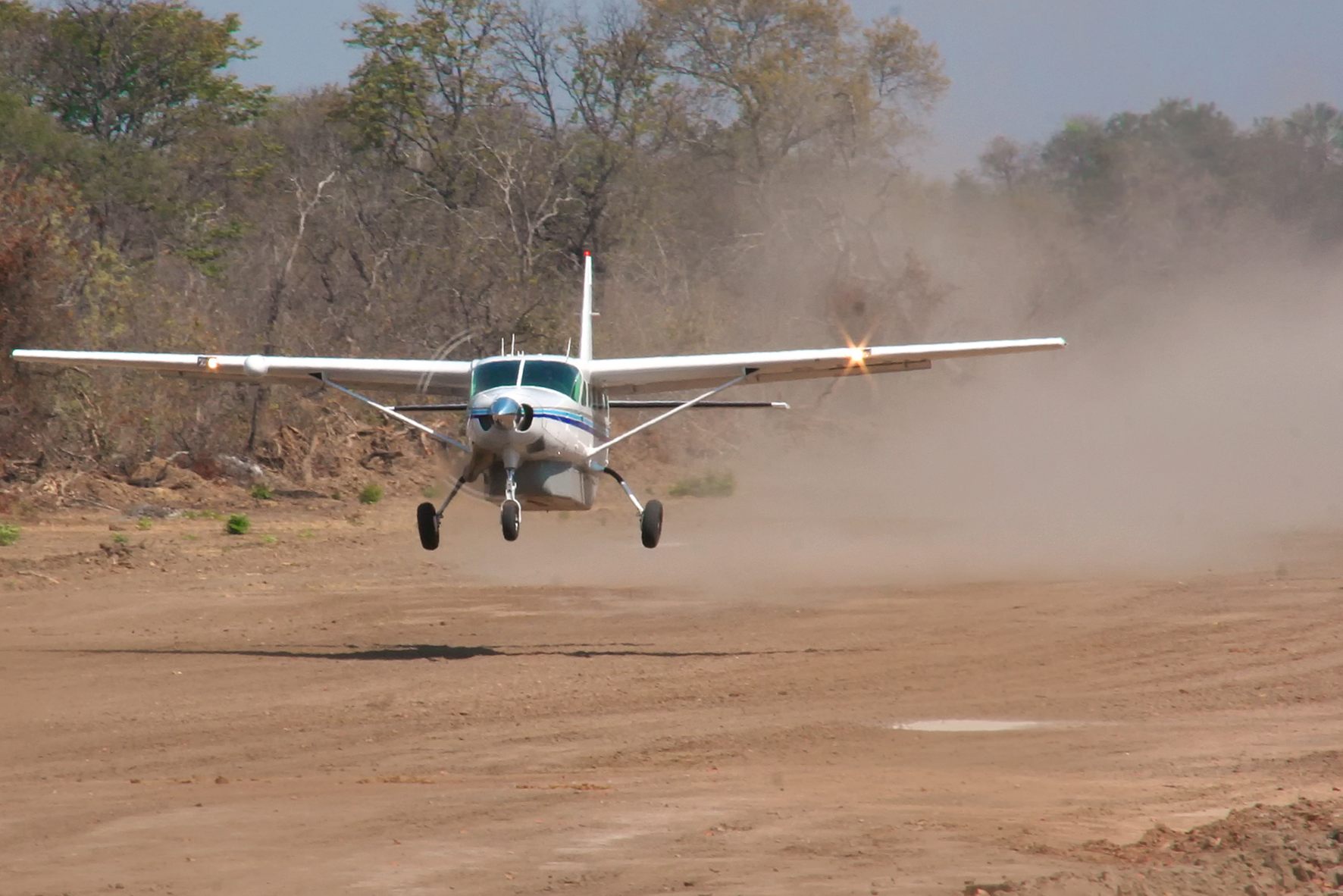Unpaved Runway
Jump to navigation
Jump to search

Unpaved runways, composed of natural or unbound materials like gravel, dirt, or grass, have been crucial in aviation's history, serving as the first landing surfaces and continuing to be used in remote areas and for specific aircraft types.
Early Aviation
- The earliest airports were essentially open fields or pastures, with no formal runways.
- The Wright brothers, in their inaugural flight, used a grassy field, highlighting the early reliance on natural surfaces.
- Early airmail routes and post office air stations often used dirt, grass, or clay for runways, as demonstrated by the Huffman Prairie Flying Field in Dayton, Ohio.
Evolution and Use
- As aviation grew, the need for more defined and stable runways emerged, leading to the development of paved surfaces.
- However, unpaved runways remain important in:
- Remote areas where paving is impractical or unavailable.
- Supporting aircraft designed for operation on unpaved surfaces, such as those used in bush flying, military operations, and some private aviation.
- Unpaved runways require specialized maintenance and consideration for safety, including:
- Compacting and leveling the surface to prevent ruts and other hazards.
- Maintaining adequate drainage to prevent ponding.
- Removing debris and foreign objects.
- Considering the effects of frost heave and other climatic conditions.
Modern Use
- Modern unpaved runways often include features like:
- Landing mats or protective membranes to improve surface strength and stability.
- Improvements in leveling, compaction, and debris removal to enhance surface evenness.
- Dust control measures to address the challenges associated with unpaved surfaces.
- Aircraft manufacturers are increasingly focusing on developing aircraft capable of operating on unpaved runways, with aircraft like the Pilatus PC-24 and Cessna Grand Caravan EX being examples.
